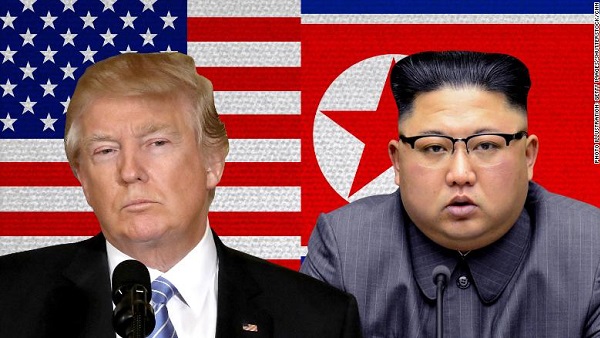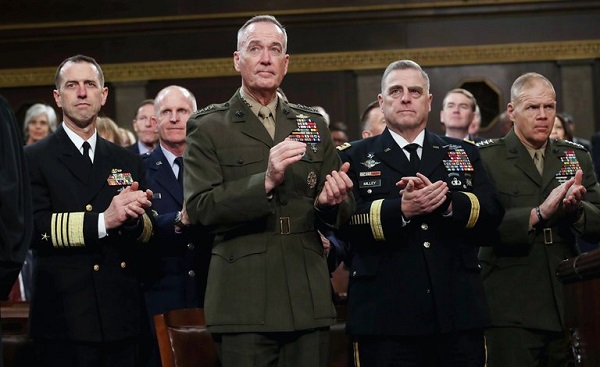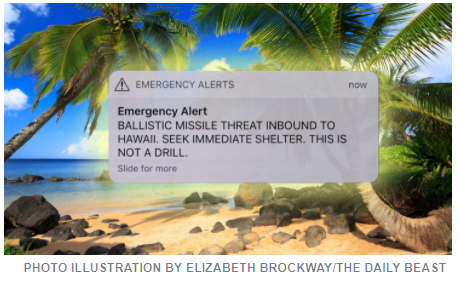The Korean border / no border dance
Sunday, April 29th, 2018[ by Charles Cameron — an end to war & truce might bring peace ]
.
The leaders of the two Koreas did a little ritual dance whereby each invited the other to cross the border into his own territory.
You can look at Kim Jung-un and Moon Jae-in doing their border-skipping dance at minute 43 on this video:
If the camera people had been sharper, they’d have been following the leaders in full view, not cutting them off at the knees or waist, so we could see the whole event, of huge symbolic significance.
**
One MSNBC commentator aptly described the border as:
dividing a nation — or two nations — depending how you look at it.
That’s not only succinct, it’s profound, if you think about it.
**
I’ve discussed the issue of liminality — the symbolic importance of borders — in a major post, Liminality II: the serious part, which I recommend as a follow-up to this one.
It will fill you in with examples — from boot camp to monastic induction, and from the worship of Vishnu to the USS Topeka — of the importance of humility at border crossings.. recommended!
But let me give you a a souvenir, a reminder — just a taste —
Limen is the Latin for border, line drawn in the sand, threshold — and the liminal is therefore what happens at thresholds.
Something pretty remarkable happened as 1999 turned into 2000 — something liminal. And it happened aboard the USS Topeka, SSN-754 (below):
SAN DIEGO, Calif. (June 23, 2009) The attack submarine USS Topeka (SSN 754) departs San Diego harbor for a scheduled deployment to the western Pacific Ocean. Topeka, commanded by Cmdr. Marc Stern, was commissioned on Oct. 21, 1989 and is one of seven Los Angeles-class fast-attack submarines assigned to Submarine Squadron 11. Topeka was showcased in the recently released movie, “Transformers: Revenge of the Fallen.” (U.S. Navy photo by Command Master Chief Charles Grandin/Released)
Its bow in one year, its stern in another, the USS Topeka marked the new millennium 400 feet beneath the International Dateline in the Pacific ocean. The Pearl Harbor-based navy submarine straddled the line, meaning that at midnight, one end was in 2000 while the other was still in 1999… The 360-foot-long sub, which was 2,100 miles from Honolulu, Hawaii, straddled the Equator at the same time, meaning it was in both the northern and southern hemispheres. Some of the 130 crewmembers were in Winter in the North, while others were in Summer in the South…
Sitting pretty on the threshold between two millennia, two centuries, two decades, years, seasons, months, days and hemispheres in the recent life of the one earth was an extraordinarily liminal idea — as the two-faced January is a liminal month — and I think illustrates effectively the terrific power of the liminal to sway human thinking
Navy commanders in charge of billion dollar ships seldom get up to such “fanciful” behaviors!
But here’s the whole thing: Liminality II: the serious part: go for it.
**
Further:
NY Times, North and South Korea Set Bold Goals: A Final Peace and No Nuclear Arms NY Times, North and South Korean Leaders’ Own Words in Meeting at the DMZ










